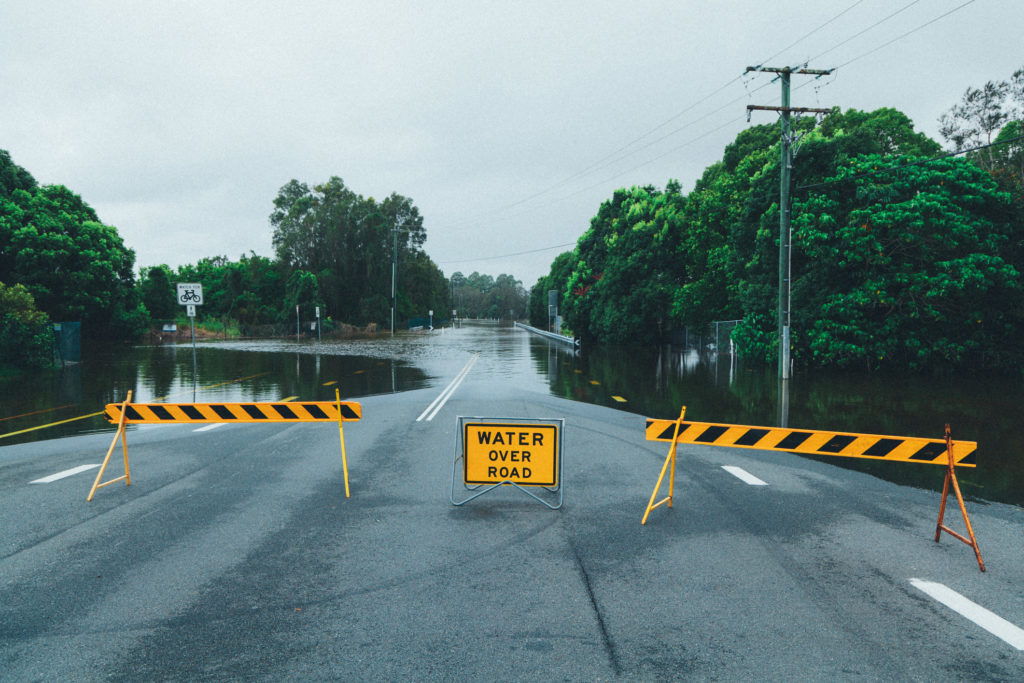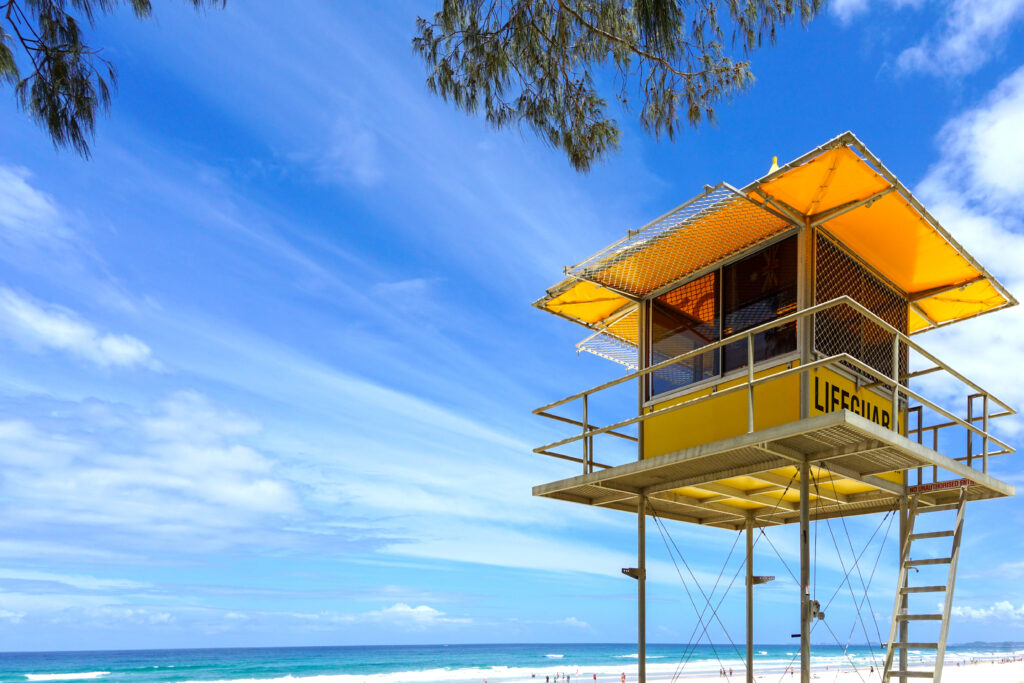Large parts of New South Wales have been declared a natural disaster zone by the Australian Government. The state is battling heavy rains, severe flooding and power outages, with thousands of people needing to evacuate. Check the NSW State Emergency Service website for more details on whether evacuation orders have been issued in your area.
When your home loses power, it’s commonly known as a blackout, power outage, power cut, power out or power failure. You might come across all of these terms, but they all describe the same thing. This is a common side-effect of flooding in Australia.
If you’re in an area currently affected by severe rains, what should you do if you lose power? Here’s our guide to dealing with a power outage.
Before the power outage
Prepare early
If you’re in an area that might experience a power outage, it pays to be prepared well ahead of time. Create an emergency kit that contains everything you’ll need in a power outage, including a battery-powered torch (your mobile phone works too, but be aware that it might run out of charge!), a first-aid kit, and enough food and water to last you a few days. Try to buy food that doesn’t require refrigeration, as your fridge will switch off in a power outage!
Charge your devices
During an emergency, there’s nothing worse than being unable to communicate with anyone or call for help. Make sure your phone, tablet and/or laptop are fully charged, and consider purchasing a power bank in case your devices run out of battery during the power outage.
Source some alternative light sources
If the power outage hits at night, it’s likely your home will be in complete darkness. That is, unless you’ve prepared beforehand by purchasing some alternative sources of light. These include candles, battery-powered lanterns and torches. You can buy these at your local camping store or at Bunnings Warehouse, which is a nationwide chain of hardware stores.
During a power outage – consult our checklist
Once the power outage hits, there are a few steps you should follow:
- Stay calm – with the right know-how you can easily navigate a power outage.
- Take note of what time the power goes out – this is so that you can calculate whether your refrigerated and frozen food will be safe to eat.
- Look at your home’s safety switch to see if it’s been tripped. If it has, you may simply need to reset it to regain power. If it hasn’t, it might be a bigger power outage affecting lots of homes.
- Turn off all of your electronics and appliances. This is to avoid any damage caused by a power surge. It’s worth keeping one light on though, as this will alert you once power has been restored.
- Check for power outages in your area through your energy provider’s website.
- If you go outside, be aware of any hazards. Fallen power lines should be avoided as they can still be live and therefore dangerous.
- If there’s an emergency, you can call the State Emergency Service (SES) on 132 500 for immediate flood and storm assistance. If there’s a life-threatening situation, you can call Triple Zero (000) for emergency assistance from police, fire or ambulance.
- Be careful when driving, as the roads are likely to be quite unpredictable. In fact, you might be better off avoiding driving completely.
- Once your power comes back on, make sure to calculate how long your fridge has been without power. If it’s been more than four hours, there’s a good chance the food in your fridge has been spoiled. Frozen food may stay frozen for a few days, but if it’s defrosted completely, you might want to throw it out to avoid contamination.
For more information and up-to-date alerts
ABC Emergency has put together a comprehensive guide on planning for a flood. You can also visit the ABC Emergency page relevant to your state for up-to-date flood alerts, or tune in to your local ABC radio station for live updates.
Visit the SES website for your state on the links below:





